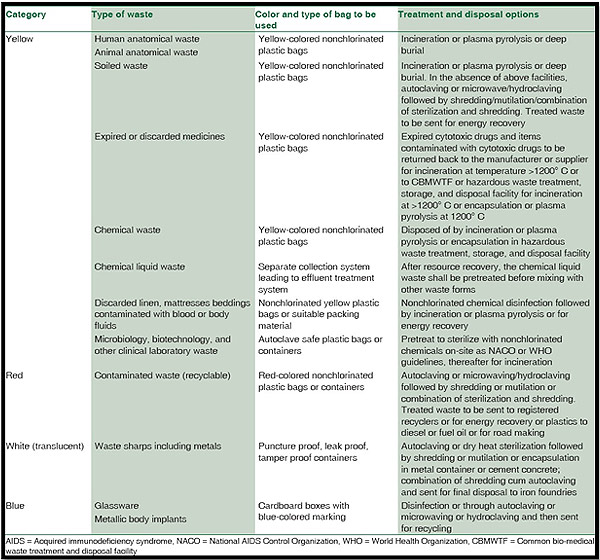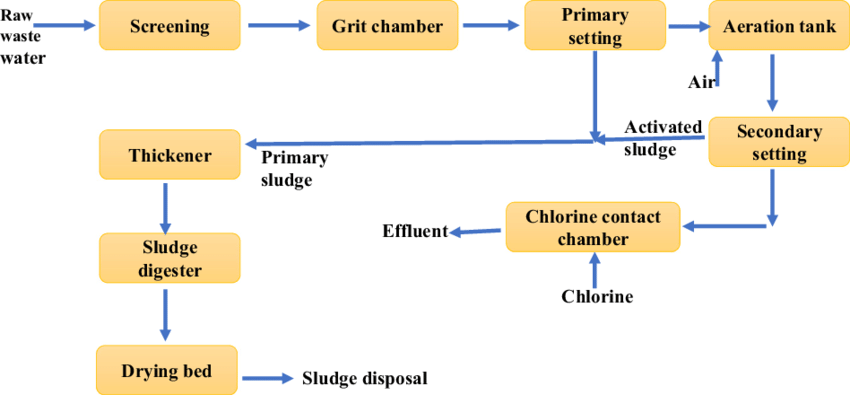Getting My Reclaim Waste To Work
Getting My Reclaim Waste To Work
Blog Article
Some Of Reclaim Waste
Table of ContentsGetting My Reclaim Waste To WorkHow Reclaim Waste can Save You Time, Stress, and Money.The smart Trick of Reclaim Waste That Nobody is DiscussingThe Buzz on Reclaim WasteReclaim Waste Can Be Fun For AnyoneMore About Reclaim Waste

Never ever put unsafe materials down sinks, commodes or stormwater drains Substances consisting of petroleum, oil, oil, pesticides and herbicides, and solvents such as paint strippers must not be poured down sinks, toilets or stormwater drains. These materials are tough to get rid of in the sewer treatment procedure and trigger pollution troubles in our local waterways.

Although fluid waste is a term that covers a broad variety of products, there's a great reason that leaving its disposal to the specialists is suggested. Liquid waste is non-solid product that has no additional usage and must be dealt with and thrown away according to local, state and government policies.
Reclaim Waste Things To Know Before You Buy
Examples of fluid waste can include wastewater, fats, oils or grease, utilized oil, fluids, solids, gases or sludges and unsafe family fluids, there are some that are thought about to be a lot more hazardous than others when it comes to the environment and the wellness of animals and people alike. It's for this factor that each state and region have stringent regulations linked to liquid waste monitoring.
Fluid waste can be saved in holding tanks or packaged in drums, intermediate bulk containers or authorized small containers prior to either being treated or eliminated via outsourced vacuum cleaner trucks. Given the nature of the products, liquid waste can not enter the general waste stream and there are rigorous laws on exactly how to dispose of it properly.
(http://go.bubbl.us/e67627/7593?/Reclaim-Waste)Depending on a determination of the degree of danger, it might be necessary to remediate those websites. Additionally, hazardous liquid chemical wastes are managed waste and needs to be tracked in accordance with the state waste regulation. Under the chain of custodianship and responsibilities, owners are responsible and accountable for waste produced by a company.
One of the core applications for superabsorbent polymers (SAPs) is fluid waste solidification. industrial wastewater treatment. SAPs are used by waste management professionals to avoid potentially harmful liquids from entering waterways, groundwater aquifers, and other sensitive environments. Due to the fact that liquids can rapidly carry contaminants right into environmental receptors and possibly add to geotechnical failures, fluid wastes are almost always restricted from disposal in land fills
Reclaim Waste Can Be Fun For Everyone
Generally, complimentary fluids are fluids that divide from the strong portion of waste material. Liquid waste can include the following: HDD mud and cuttings Garbage dump leachate Wastewater treatment sludge & biosolids Dug up sediments Oil and gas drill cuttings Working out fish pond muck Hydro Excavation slurry Coal burning residuals/ash Storage tank bottom sludge Concrete grinding/polishing slurry Related Short article: For a practical instance of totally free liquids separating from waste material, take into consideration the adhering to circumstance: A waste monitoring service provider loads a dump vehicle with sludge from a wastewater therapy plant's aeration container, throughout a regular maintenance event.
When the motorist arrives at the landfill, he notices water leaching from the sludge and pouring from the dump truck. The tons was rejected by the garbage dump and the driver was forced to deal with the waste as a fluid waste at a special facility, which enhanced the disposal costs greatly.
We also need to be liable for the correct disposal of our waste products. It is not enough that we pay waste disposal business to take treatment of our rubbish.
The 10-Minute Rule for Reclaim Waste

Segregating your waste can begin inside the home. Set apart completely dry and liquid waste as well as edible waste, biodegradable and non-biodegradable materials.
Layer the base with dirt to soak up the wet waste. Layer the compost with wet and completely dry waste as well as soil to keep an equilibrium in between the damp and the dry.
Reclaim Waste Can Be Fun For Everyone
Cover the garden compost container. When a week, include dirt on top of the garden compost. To facilitate faster decomposition, you can also include semi composted dirt to the garden compost. Maintain the compost. If you notice the scent is becoming also strong, add added papers and paper waste or include even more openings to the garden compost bin to maintain the equilibrium of the waste materials.
The world is drowning in rubbish and we can't pay for to be reckless anymore. We have to do something about it and reuse whatever we can anywhere we can. We additionally need to be liable for the correct disposal of our waste materials. It is inadequate that we pay garbage disposal business to take treatment of our rubbish.
Our waste, our responsibility. Have you ever before wondered what happens to your fluid waste click for more info after it's accumulated? Did you recognize that fluid waste can be recycled?
About Reclaim Waste
Segregating your waste can begin inside the home. Set apart completely dry and liquid waste as well as edible waste, biodegradable and non-biodegradable materials.
You can make use of old garbage can, bucket, yard pot or old plastic drums. Drill 4 to five holes in the container so the air can distribute. Layer all-time low with dirt to take in the damp waste. Beginning the composting procedure. Layer the compost with wet and dry waste as well as soil to preserve a balance in between the damp and the dry.
To promote faster decay, you can likewise include semi composted dirt to the garden compost. If you notice the smell is becoming as well solid, add extra papers and paper waste or add more openings to the compost container to maintain the balance of the waste products.
Report this page